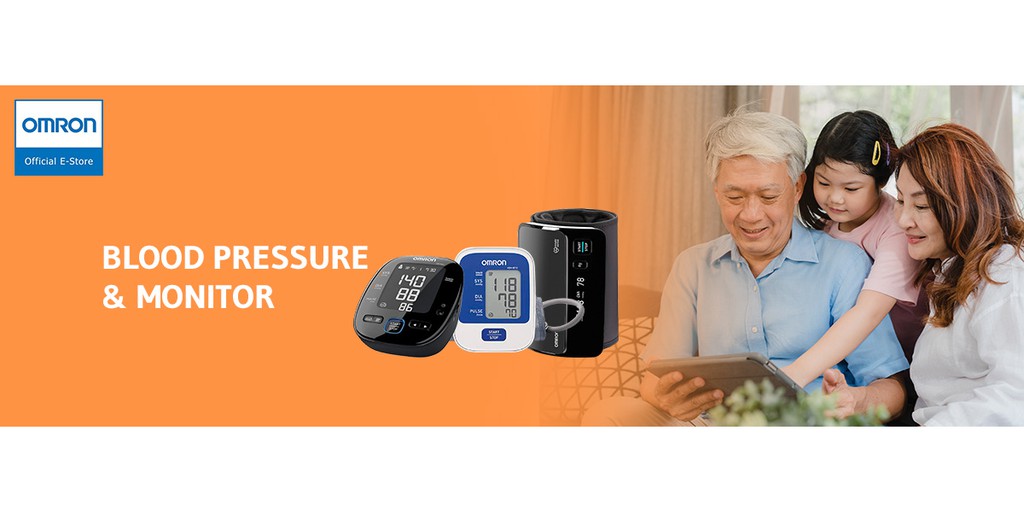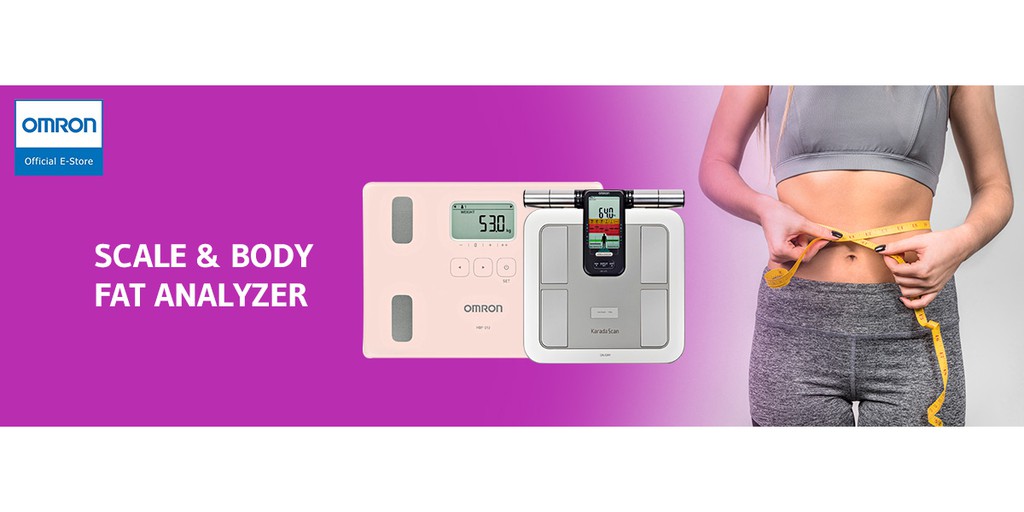Echocardiogram (Echo) medical test
Learn about Echocardiogram (Echo) medical tests, including what the tests are used for, why a doctor may order a test, how a test will feel, and what the results may mean.
What is Echocardiogram (Echo)?
An echocardiogram uses sound waves (ultrasound) to produce images of your heart. This common test allows your doctor to see your heart beating and pumping blood. Your doctor can use the images from an echocardiogram to identify heart disease.
What the Echocardiogram (Echo) test used for?
Doctor may use an echo test to look at your heart’s structure and check how well your heart functions. The test helps your doctor find out:
- The size and shape of your heart, and the size, thickness and movement of your heart’s walls.
- How your heart moves.
- The heart’s pumping strength.
- If the heart valves are working correctly.
- If blood is leaking backwards through your heart valves (regurgitation).
- If the heart valves are too narrow (stenosis).
- If there is a tumour or infectious growth around your heart valves.
- Problems with the outer lining of your heart (the pericardium).
- Problems with the large blood vessels that enter and leave the heart.
- Blood clots in the chambers of your heart.
- Abnormal holes between the chambers of the heart.
How is the procedure performed?
Echo tests are done by specially trained technicians. You may have your test done in your doctor’s office, an emergency room, an operating room, a hospital clinic or a hospital room. The test takes about an hour.
- You lie on a table and a technician places small metal disks (electrodes) on your chest. The disks have wires that hook to an electrocardiograph machine. An electrocardiogram (ECG or EKG) keeps track of your heartbeat during your test.
- The room is dark so your technician can better see the video monitor.
- Your technician puts gel on your chest to help sound waves pass through your skin.
- Your technician may ask you to move or hold your breath briefly to get better pictures.
- The probe (transducer) is passed across your chest. The probe produces sound waves that bounce off your heart and “echo” back to the probe.
- The sound waves are change into pictures and displayed on a video monitor. The pictures on the video monitor are recorded so your doctor can look at them later.
What will be the results interprets?
The resulting image of an echocardiogram can show a big picture image of heart health, function, and strength.
Walls thicker than 1.5cm are considered abnormal. They may indicate high blood pressure and weak or damaged valves.
An echocardiogram can also measure if your heart is pumping enough blood through your body.
Left ventricular ejection fraction measures the percentage is blood pushed from the heart per beat. Cardiac output is the volume of blood pumped per minute, with the adult average being 4.8 to 6.5 liters.
The heart’s walls won’t pump properly if the walls contract too little or too much. This may indicate a prior heart attack or heart disease.
Your echo results will also tell if the valves of your heart are opening and closing properly. If so, blood flow is normal.
The doctor will also use the overall image of the heart to look for structural defects. Defects include openings between chambers, passages between blood vessels, and fetal heart defects.
Doctors use a value called ejection fraction or (EF) to determine how well the heart is pumping. This is often expressed as a percentage, with the normal range between 55%-70%.
Low EF could mean issues with the valves or the pumping strength of the muscles.


